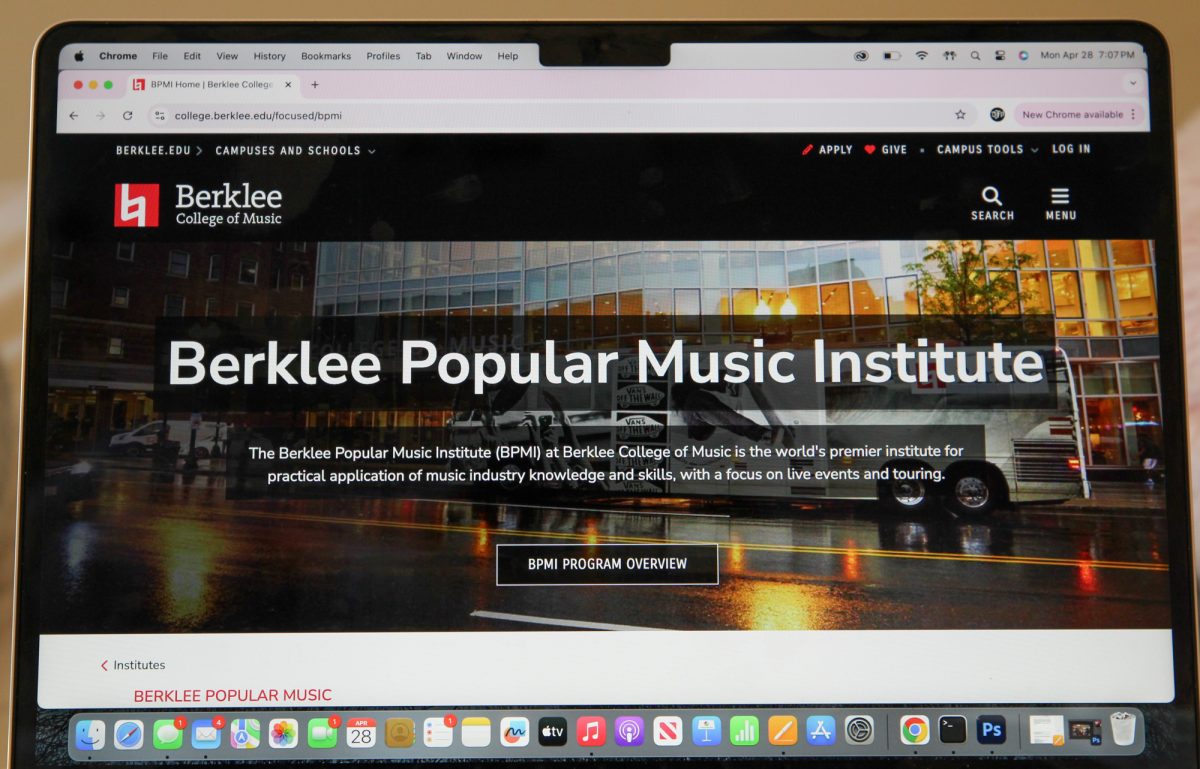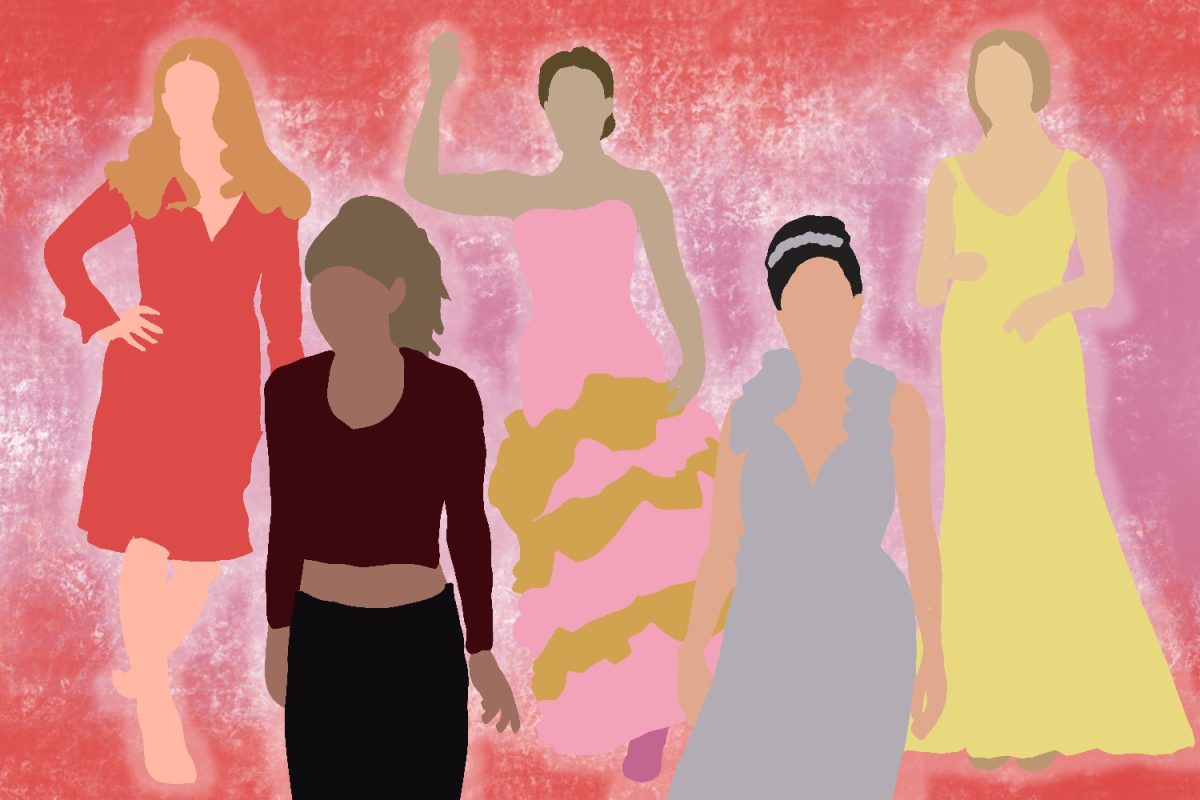There’s a furniture store chain around these parts called “Bob’s Discount Furniture.” Perhaps you’ve seen its low-budget, bad-quality TV spots. They usually feature the owner, Bob, excitedly describing his furniture, and how it’s much cheaper at his stores than at his competitors’.
I can’t find anything wrong with these ads; they’re straightforward and have no tricks. They give a rational reason to shop at Bob’s (the prices are low), and plainly describe what you’re going to get when you buy from the store.
It’s a rare company that tells you exactly what it’s selling. For many advertisers, the public is already aware of the product in question, so there’s no new information to give, no new arguments to make.
These poor companies, unable to sell their products, tend to make up something they can sell: an image or concept that (despite what they want you to believe) is utterly unrelated to the product. Advertisers prefer this method because they know that if people decided whether to buy something based on careful, rational consideration of every alternative, they would spend much less money.
Here’s an example of a classic image-based commercial:
Two people lie on hammocks next to each other on a tropical beach. One of them is holding a bottle of beer. They wait until their hammocks rock close enough to one another, and then the second person lazily takes the bottle from the first person.
The product is Corona beer, and the image is lazy, contented relaxation. With any luck, the advertisers think people will start buying the beer in hopes of living the beach fantasy shown on TV.
When I become rich and famous, I’m going to buy a tropical mansion in Coronaland and spend my days living in a Corona commercial. I’m not going to start buying that beer, though, unless I decide I actually like it.
Almost every type of company uses images to advertise. A Ford truck commercial shows a truck hauling tons of metal over a cliff — an image of toughness that has nothing to do with the actual vehicle. IPod ads, which have become ubiquitous in Boston thanks to their placement on the T, consist of silhouettes dancing in front of wild, vibrant colors — an image of freedom and revelry that ignores the existence of other mp3 players.
Neither of these commercials explicitly claims to sell toughness or freedom. Nevertheless, they implicitly connect the images to the products, and hope that a similar bond between them is forged in your mind.
When people think of Subway, they think of its star, Jared. He became an image of health and success when he lost hundreds of pounds by eating nothing but sandwiches. Since then, Subway has featured him heavily in its commercials. Today, when people think of Subway, many think of health.
Of course, Subway is a brand, not a food; sandwiches are only as healthy as the food they are made of — not the restaurant they are from.
When you’re about to spend your (or your parents’) hard-earned cash, take a moment to consider what you actually know about each product you could buy. Make your decision based on knowledge, not based on some artificial image.
Aaron Segal, a junior in the College of Arts and Sciences, is a weekly columnist for The Daily Free Press. He can be reached at [email protected].













































































































